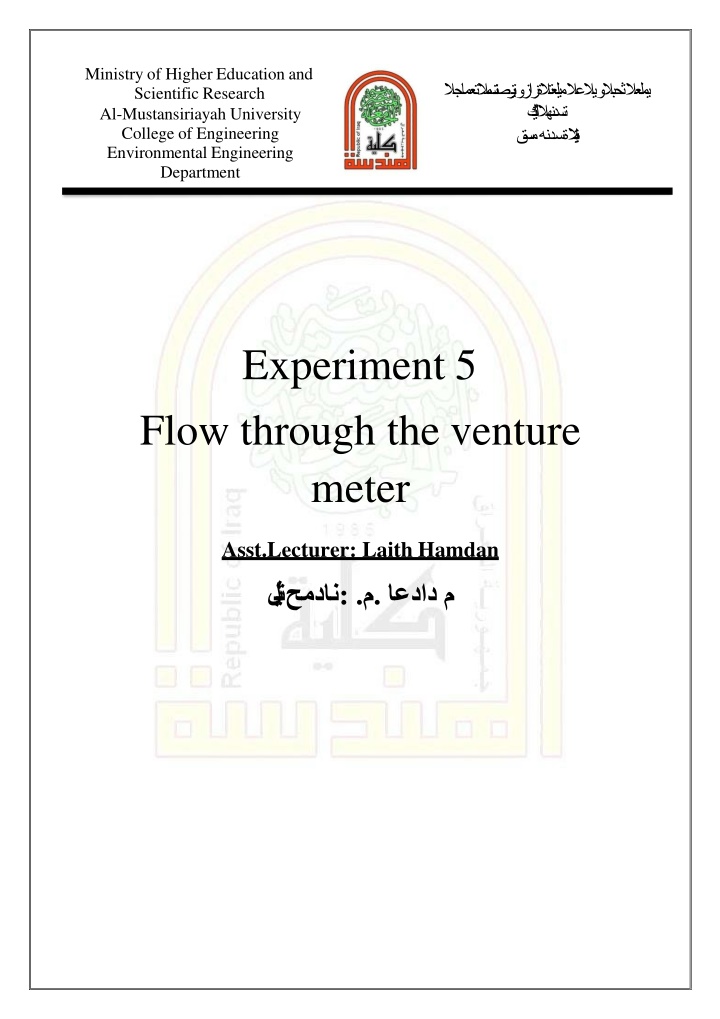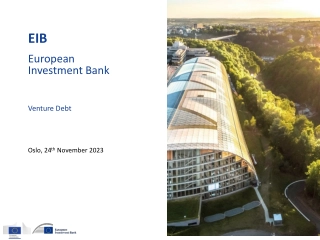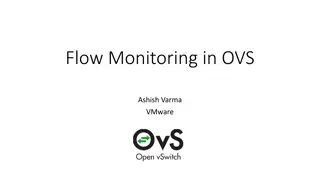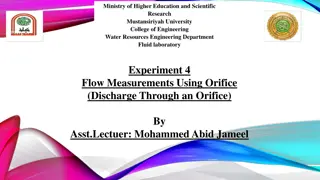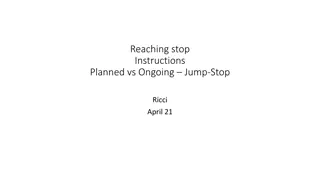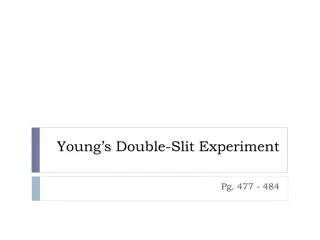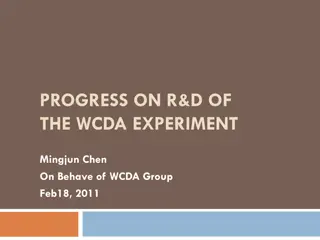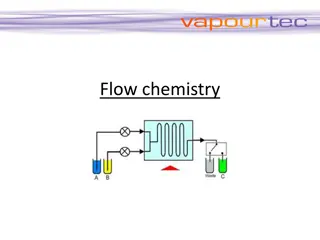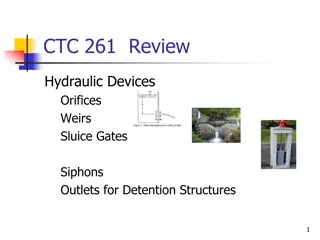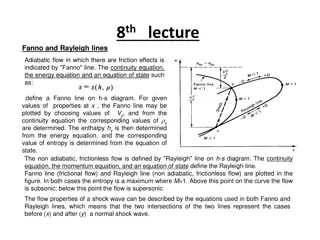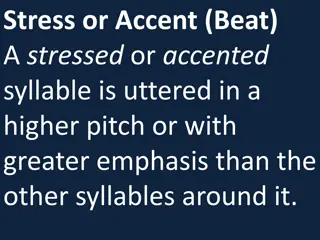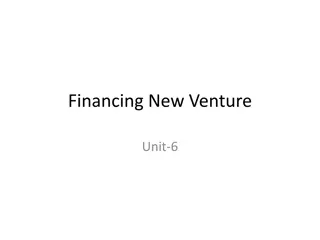Experiment 5 Flow through the venture meter
This experiment conducted at Al-Mustansiriayah University aimed to calibrate the Venturi meter, investigate pressure variation at different flow rates, and present results for flow estimation. The setup involved a Venturi meter, supply hoses, and a measuring tank. By adjusting valves and taking differential readings, the flow rate was determined using Bernoulli's equation. Results were presented non-dimensionally for practical application.
Download Presentation

Please find below an Image/Link to download the presentation.
The content on the website is provided AS IS for your information and personal use only. It may not be sold, licensed, or shared on other websites without obtaining consent from the author.If you encounter any issues during the download, it is possible that the publisher has removed the file from their server.
You are allowed to download the files provided on this website for personal or commercial use, subject to the condition that they are used lawfully. All files are the property of their respective owners.
The content on the website is provided AS IS for your information and personal use only. It may not be sold, licensed, or shared on other websites without obtaining consent from the author.
E N D
Presentation Transcript
Ministry of Higher Education and Scientific Research Al-Mustansiriayah University College of Engineering Environmental Engineering Department Experiment 5 Flow through the venture meter Asst.Lecturer: Laith Hamdan : . .
Objective: The aim of this experiment was to: 1. Obtain the calibration curve for the meter. 2.Investigate the variation in pressure at inlet and throat at various rates of flow. 3.Present the results in a non-dimensional form so that they could be used to estimate the flow through any similar meter Equipments and apparatus: 1. Venture meter 2. Two supply hoses 3. Measuring tank Description of experimental setup: Atube is connected to each to the inlet and outlet of a Venture meter. The tube connected to the outlet of the Venture meter is connected to the measuring tank. The adjustable screws are adjusted to level the Venture meter. Procedure: The apparatus was leveled by opening both the Bench Supply valve and the control valve downstream of the meter to allow water to flow and Asst.Lecturer: LaithHamdan 1
clear air pockets from the supply hose. This was achieved by connecting the apparatus to a power supply. The control valve was then gradually closed causing water to rise up in the tubes of the manometer thereby compressing the air contained in the manifold. When the water level had risen to a convenient height, the bench valve was also closed gradually so that as both valves are finally shut off, the meter was left containing static water at moderate pressure. The adjustable screws were operated to give identical reading for all of the tubes across the whole width of the manometer board. To establish the meter coefficient measurements of a set of differential heads (h1-h2) and flow rate Q were made. The first reading was taken with the maximum possible value when (h2 h1) i.e. with h1 close to the top of the scale and h2 near to the bottom. This was obtained by gradually opening both the bench valve and the control valve in turn. Successive opening of either valve increased both the flow and the difference between h1and h2. The rate of flow was found by timing the collection of a known amount of water in the weighing tank, in the mean time valves h1 and h2was read from the manometer. Similarly, readings were then taken over a series of reducing values of (h1 h2) roughly equally spread over the available range from 250mm to zero. About ten readings sufficed. Theoretical background and Calculation: For a meter with the above arrangements of manometers, the quantity flowing is given by: Applying Continuity and bernoulli's equations at stations 1 and 2: Asst.Lecturer: LaithHamdan 2
2 2 P1+ ?v1 /2 = p2 + ?v2/2 2 2 P1 - p2 = ?(v2 /2 v1 /2) .eq.1 Q = v1A1 =v2A2 eq.2 v1= v2A2/ A1 eq.3 Then: Qa= V/t (m3/sec) Cd = Qa /Q 2015 2016 Asst.Lecturer: LaithHamdan 3
